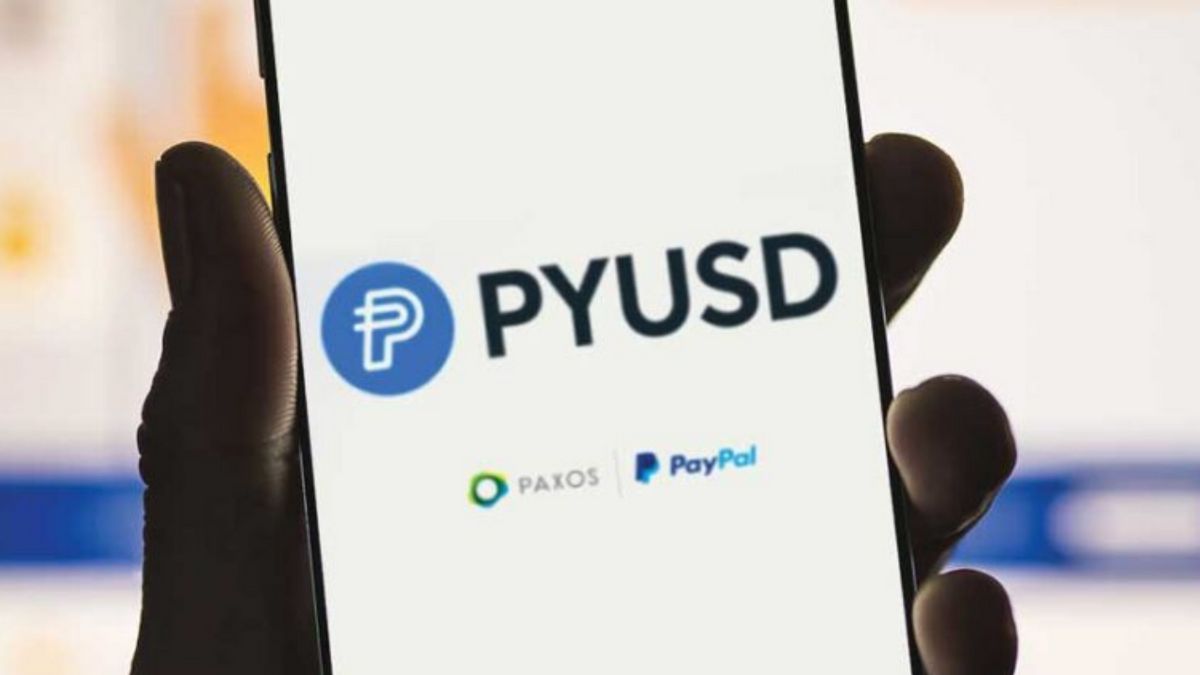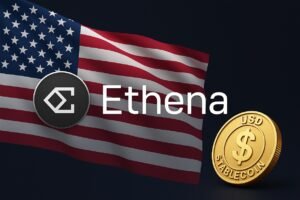Introduction: A New Era for Money Movement
Picture this: sending money across the globe as easily as texting a friend, without hefty fees or days of waiting. That’s the promise of stablecoins, and Visa is betting big on it. On July 31, 2025, Visa announced a game-changing expansion, adding Avalanche and Stellar blockchains, along with stablecoins like PayPal’s PYUSD, to its settlement network. With the stablecoin market projected to hit $2 trillion by 2030, this move signals a seismic shift in how we pay and transfer money. Let’s dive into how Visa’s crypto push, with a spotlight on Avalanche and PYUSD, is redefining global finance for everyday people.
The Stablecoin Boom: Why It Matters
What Are Stablecoins?
Stablecoins are digital currencies pegged to stable assets like the U.S. dollar or euro, offering the speed of crypto without the wild price swings of Bitcoin. They’re like digital cash—fast, reliable, and borderless. With the stablecoin market already at $275 billion and growing, it’s no wonder Visa sees them as the future of payments. They’re especially vital for people in regions with shaky currencies or limited banking access, making money transfers affordable and instant.

The $2 Trillion Opportunity
Analysts predict the stablecoin market could soar to $2 trillion by 2030, driven by demand for faster, cheaper cross-border payments. Visa, handling $6.3 trillion in transactions annually, is positioning itself to lead this charge. By integrating stablecoins, Visa aims to make global payments as seamless as swiping a card at your local coffee shop, cutting out delays and high fees that plague traditional systems.
Visa’s Big Crypto Move: What’s New?
Expanding the Blockchain Network
Visa’s latest update adds Avalanche and Stellar to its settlement platform, joining Ethereum and Solana. This creates a “quad-chain” ecosystem, giving partners flexibility to choose the best network for their needs. Avalanche, known for its lightning-fast transactions and low costs, is a standout. It can handle thousands of transactions per second, making it ideal for Visa’s goal of scaling crypto payments for businesses and consumers alike.

Spotlight on PYUSD
Visa now supports PayPal’s PYUSD, a dollar-backed stablecoin issued by Paxos. PYUSD is integrated into PayPal’s massive ecosystem, making it a natural fit for everyday transactions. Whether you’re buying online or sending money to family abroad, PYUSD offers near-instant settlements with minimal fees. Visa’s partnership with Paxos ensures PYUSD is secure and regulated, building trust for mainstream adoption.
Why Avalanche and PYUSD Are Game-Changers
Avalanche: Speed and Scalability
Avalanche’s high-throughput architecture is a big reason Visa chose it. Unlike older blockchains that can get clogged, Avalanche processes transactions in seconds, even during peak demand. This speed is crucial for merchants and banks who need reliable, real-time settlements. Avalanche Labs called Visa’s support a “milestone moment,” highlighting its role in bridging traditional finance with crypto. For everyday users, this means faster, cheaper payments without the wait.
PYUSD: Trust and Accessibility
PYUSD stands out for its backing by PayPal, a brand millions already trust. Pegged 1:1 to the U.S. dollar, it’s as stable as cash but moves digitally across borders. Visa’s integration means you could soon use PYUSD for everything from online shopping to remittances, bypassing slow bank transfers. Its user-friendly design makes it easy for non-crypto folks to jump in, lowering the barrier to entry.

How Visa’s Strategy Benefits You
Faster, Cheaper Cross-Border Payments
Imagine sending money to a relative overseas and having it arrive in minutes, not days, with fees that don’t sting. Visa’s stablecoin platform, now supporting PYUSD and Avalanche, makes this a reality. In 2025, Visa processed $225 million in cross-border transactions using stablecoins, proving they’re already cutting costs and delays for real users like e-commerce sellers and remittance recipients.
Empowering the Unbanked
In emerging markets, where banking access is limited, stablecoins like PYUSD offer a lifeline. Visa’s multi-chain approach means more people can send, receive, and spend digital dollars without a traditional bank account. This is huge for the millions who rely on costly remittance services or live in areas with unstable currencies. Visa’s focus on inclusivity could transform lives in regions like Latin America and Africa.

Challenges to Overcome
Regulatory Hurdles
While the U.S. GENIUS Act provides clearer rules for stablecoins, global regulations remain patchy. Some countries are skeptical of crypto, and Visa must navigate this to ensure compliance. The Act’s clarity has encouraged banks like Citibank to explore stablecoins, but uncertainty elsewhere could slow adoption. Visa’s cautious, regulated approach helps, but the road ahead isn’t without bumps.
Building User Trust
Crypto can feel intimidating, especially with stories of scams or volatility. Visa’s backing of trusted stablecoins like PYUSD, paired with secure blockchains like Avalanche, aims to ease these fears. Still, educating users about how stablecoins work—without the jargon—will be key to getting everyday people on board. Visa’s partnerships with familiar names like PayPal help bridge this gap.
The Bigger Picture: A Financial Revolution
Visa’s crypto push isn’t just about tech—it’s about making money work better for everyone. By supporting Avalanche and PYUSD, Visa is building a foundation for a world where payments are instant, affordable, and accessible. Posts on X show excitement, with users like @I_Am_DTaylor noting that “TradFi rails are merging with crypto plumbing,” signaling a future where digital and traditional finance blend seamlessly.
For the average person, this means more control over your money. No more waiting days for a bank to clear your funds or losing a chunk to fees. Whether you’re a small business owner, a freelancer, or someone sending money home, Visa’s stablecoin strategy could make your financial life easier.
Conclusion: The Future of Money Is Here
Visa’s embrace of Avalanche, PYUSD, and other stablecoins marks a turning point. With the stablecoin market eyeing $2 trillion, this isn’t a niche experiment—it’s the future of how we move money. Avalanche’s speed and PYUSD’s accessibility make them perfect tools for Visa’s vision of a faster, fairer financial system. Curious to try it? Keep an eye on Visa’s platforms or PayPal’s app, and you might soon be paying with crypto without even realizing it.




